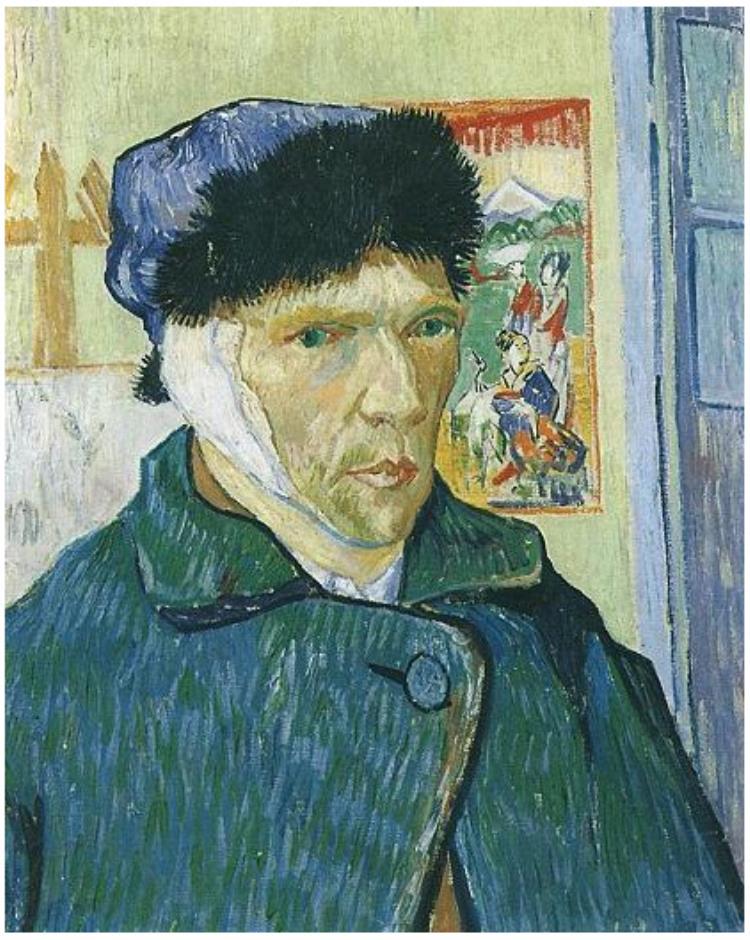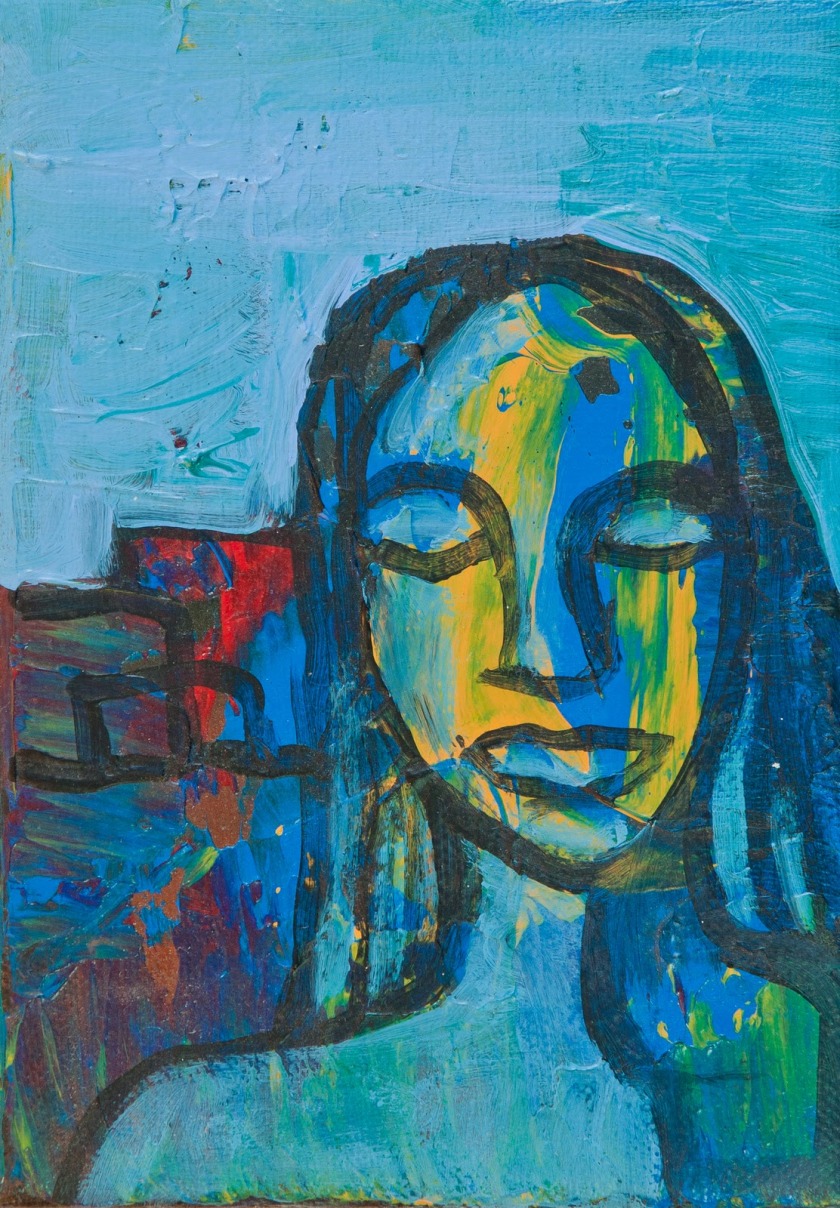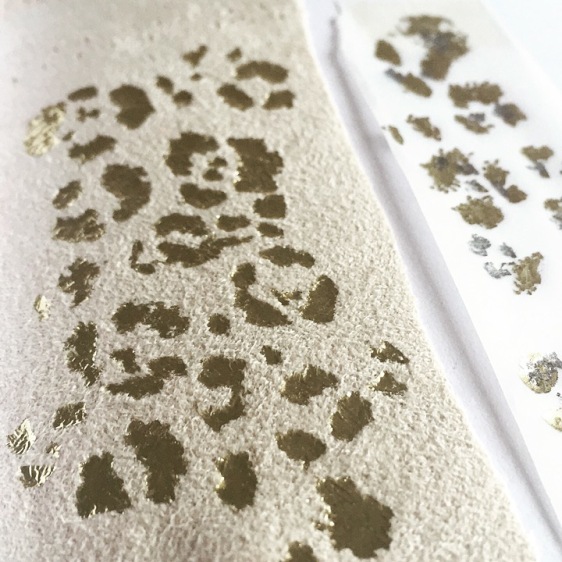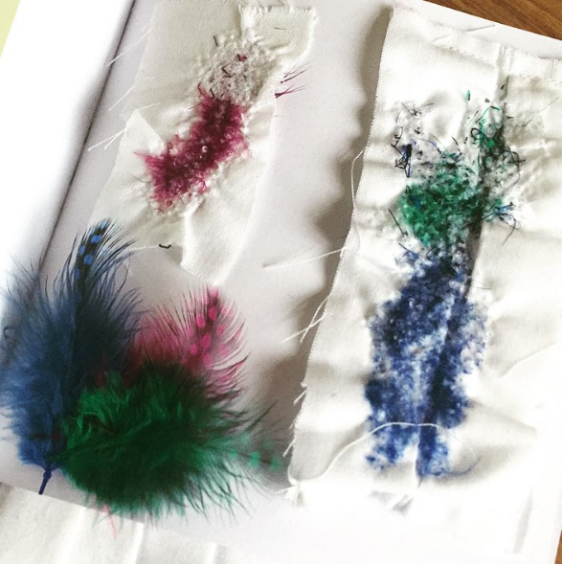Having finished writing my dissertation I wanted to bring it altogether in my last blog.
Starting with Grayson Perry, he is a very flamboyant character who is not only known for his art but for being a transvestite. He actually discovered women’s clothing before he discovered art, which he now sometimes combines the two. Perry’s work is very cleverly thought out and he always researches in depth. When I visited his exhibition, THE MOST POPULAR ART EXHIBITION EVER! there were a few pieces that really struck me and I felt the emotion stream through. One of these pieces being Death of a Working Hero. From enduring neglect throughout his childhood from both his father and mother at various times Perry has suffered psychologically, on the contrary this has not affected Perrys’ creativity, one quote that I really like of Perry’s is a metaphor for therapy, he says that it is like a tool-shed where someone has come along and tidied the tools up, in other words saying that the issues are still there however a therapist has helped you sort them out.
Unlike Edvard Munch who relied on his poor mental health as he believed it enhanced the creativity of his art therefore refused to have help with his psychological problems. Munch was always exposed to madness, sickness and death, having seen his mother die from tuberculosis when he was just five years old then his favourite sister nine years later of the same illness, it was no wander why Munch suffered with mental health issues. However he did live to eighty and during his life became a famous artist, in fact he was one of the first impressionist artists. Munch’s art seemed very daring during the late eighteenth century and early nineteenth century and I can see why, looking at one of his most famous pieces, The Scream, really was ‘out there’ back then, its definitely something a lot of people can relate to.
Then Vincent Van Gogh, as I was researching this artist I couldn’t help but feel a little sorry for him? He had to live up to his deceased older brothers name which must have been hard, especially as a young child to see understand. Then to fail at almost every job you were given, even Van Gogh’s parents gave him a hard time. Vincent found it hard to fit in no matter where he was, however his younger brother Theo Van Gogh believed in him and supported him financially throughout his adult life. Van Gogh lived a short life, tragically ending when he was thirty seven years old, after supposedly shooting himself. He was never famous for his art until after his death, although people knew of him because of his strange behaviour for example when he cut of one of his own ears and handed it to a prostitute as though it were a gift. He was known to have psychological issues, often admitting himself to hospitals in hope of recovery. Although Van Gogh was never famous during his life, he painted all day every day, producing over 2000 artworks from sketches to oil paintings some of which now sell for millions of pounds.
I included art therapy as I wanted to talk about the healing side of art and if the previous artists used art as a form of self therapy. Explaining how general art is different to that in a therapeutic setting, I came to the conclusion that expressing creativity is good for well-being, however it may not be a cure it can reduce illnesses such as depression and anxiety. I do believe that many artists including Perry, Van Gogh and Munch used their creative skills to escape from their realities at some point if not all their lives.
Hope you enjoyed it!













